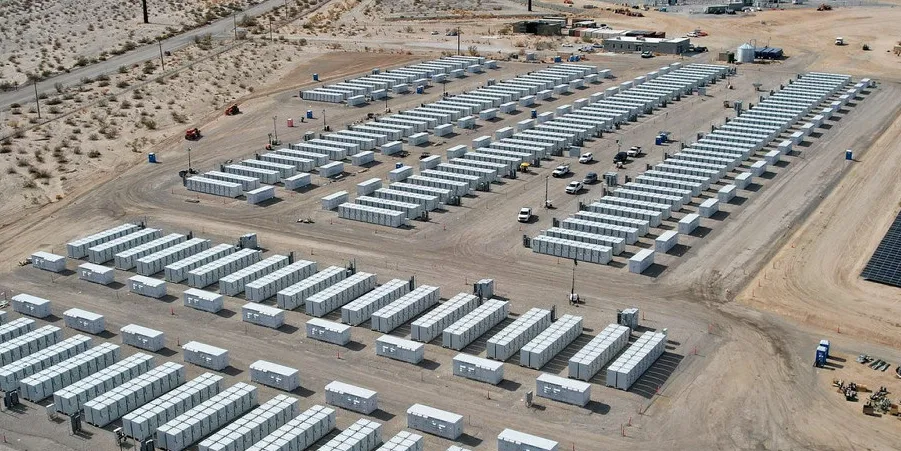US energy storage market hard-wired for 'still-robust expansion' through 2023: S&P
Despite running supply chain issues, developers foreseen installing 25GW of utility non-hydroelectric capacity in next year, according to new figures from research house
